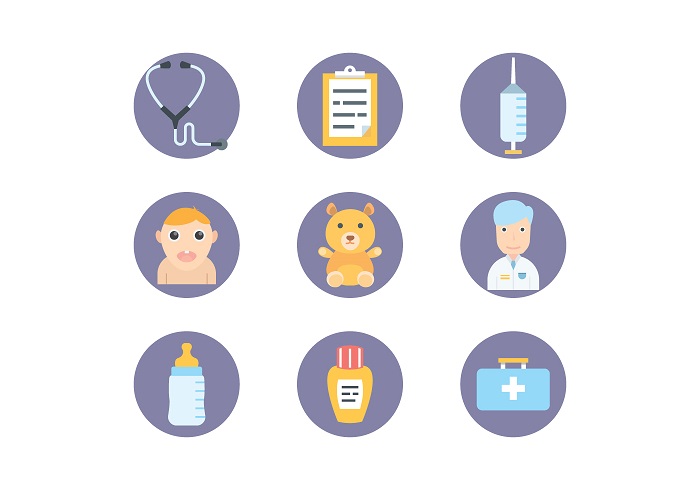
Getting to Know Childhood Asthma: Symptoms, Causes, and Management
Introduction
Childhood asthma is a chronic respiratory condition that affects many children worldwide. As a parent, understanding the symptoms, causes, and management of asthma is essential for providing your child with the best care and quality of life. In this guide, we’ll explore the key aspects of childhood asthma, from its definition to practical strategies for managing its impact on your child’s well-being.
Understanding Childhood Asthma
Childhood asthma is a long-term condition characterized by inflammation and narrowing of the airways in the lungs. This inflammation can cause recurrent episodes of wheezing, coughing, and breathlessness, known as asthma attacks or exacerbations. While the exact cause of asthma is not fully understood, it’s thought to result from a combination of genetic and environmental factors.
Symptoms of Childhood Asthma
Recognizing the symptoms of childhood asthma is crucial for early intervention. Common signs include:
- Wheezing: A high-pitched whistling sound when breathing, especially during exhalation.
- Coughing: Persistent coughing, particularly at night or early in the morning.
- Shortness of Breath: Rapid breathing and difficulty catching one’s breath.
- Chest Tightness: A feeling of pressure or discomfort in the chest.
- Reduced Activity: Children with asthma may avoid physical activities due to breathing difficulties.
It’s important to note that symptoms can vary in intensity, and some children may experience only occasional or mild symptoms.
Causes and Triggers
Childhood asthma can be triggered by a variety of factors, including:
- Allergens: Common allergens like pollen, dust mites, mold, and pet dander can trigger asthma symptoms.
- Respiratory Infections: Viral infections can exacerbate asthma symptoms.
- Irritants: Exposure to tobacco smoke, air pollution, strong odors, and fumes can worsen symptoms.
- Physical Activity: In some cases, exercise or physical activity can trigger symptoms (exercise-induced asthma).
- Cold Air: Breathing cold air can lead to airway constriction in some children.
Diagnosis and Treatment
If you suspect your child has asthma, consulting a healthcare professional is essential. The diagnosis involves a combination of medical history, physical examination, and lung function tests. Treatment for childhood asthma typically includes:
- Reliever Medications: Short-acting bronchodilators provide quick relief during asthma attacks by relaxing the airway muscles.
- Controller Medications: Inhaled corticosteroids are used daily to reduce airway inflammation and prevent symptoms.
- Allergy Management: Identifying and avoiding allergens can minimize triggers.
- Education: Teaching your child about asthma, medication use, and recognizing early symptoms empowers them to manage their condition.
- Action Plan: Developing an asthma action plan with your healthcare provider outlines steps to take during different symptom levels.
Preventive Measures
While asthma can’t be completely prevented, there are strategies to reduce its impact:
- Avoid Triggers: Minimize exposure to known allergens and irritants.
- Maintain Good Indoor Air Quality: Regular cleaning and proper ventilation can help reduce asthma triggers.
- Flu Vaccination: Getting a yearly flu vaccine can reduce the risk of respiratory infections.
- Physical Activity: Encourage regular physical activity while ensuring asthma is well-managed.
Conclusion
Childhood asthma requires a comprehensive approach that involves understanding symptoms, identifying triggers, and implementing effective management strategies. By working closely with healthcare professionals and providing proper education to your child, you can help them lead an active and healthy life despite their condition. Asthma management evolves with advancements in medical understanding, ensuring your child receives the best care possible.